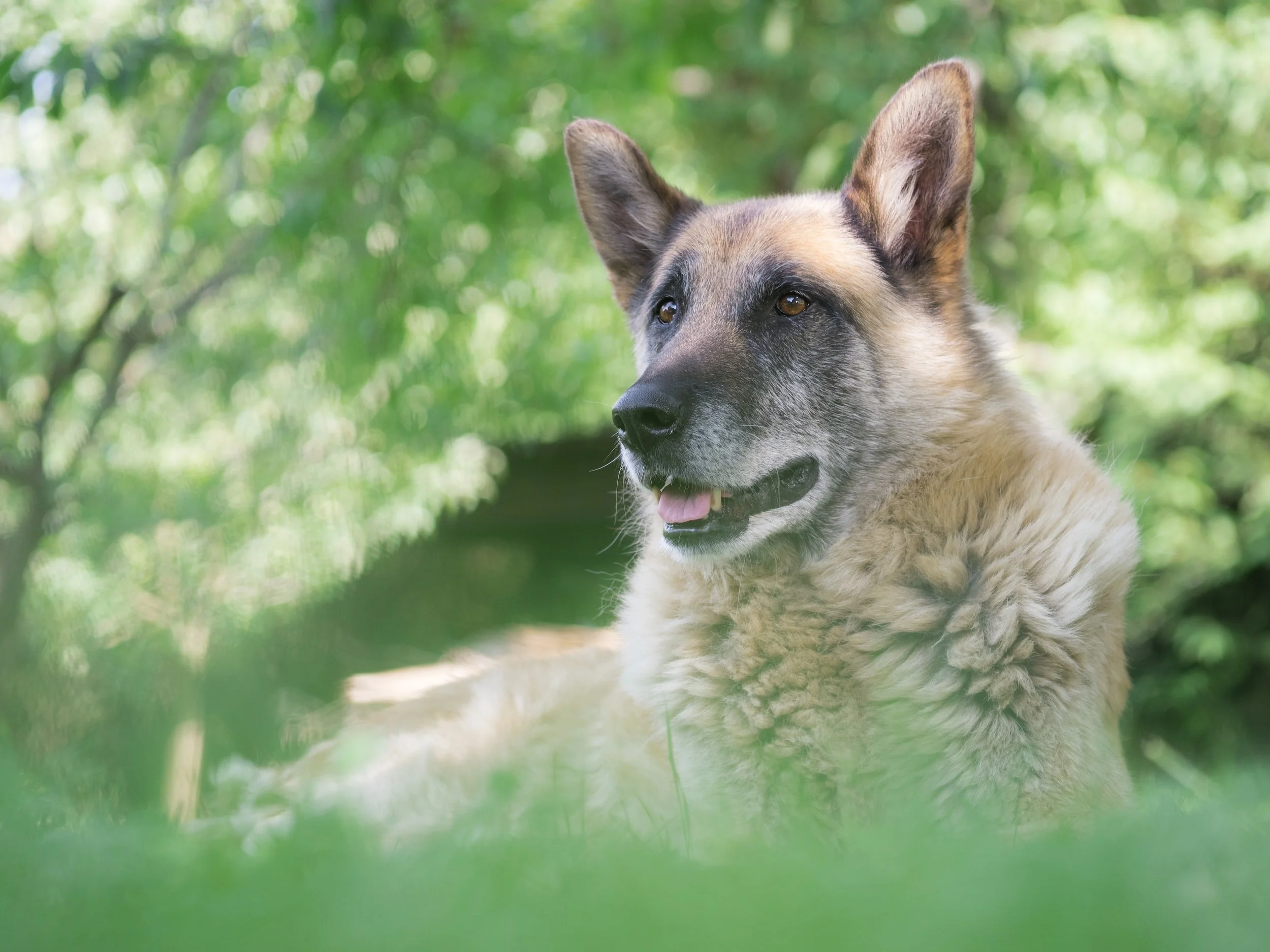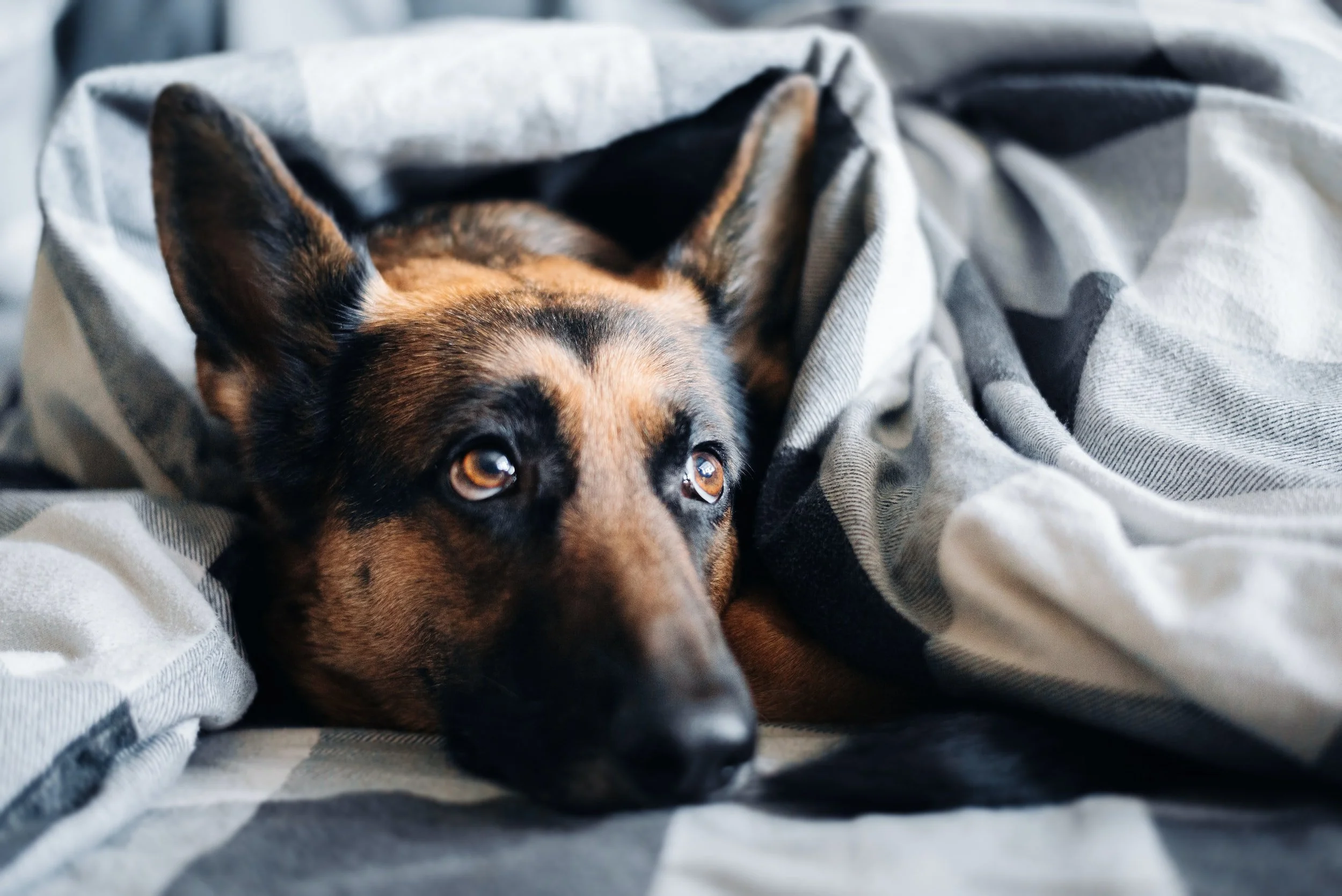Accidents happen. However, if your toilet trained pets starts having regular accidents, wetting their bed or dripping urine throughout your home it is a signal that a trip to the vet is in order.
It is important to remember that urinary incontinence is involuntary and punishing your pet for these accidents will not help anyone. It is better to speak with your vet as soon as possible to address the underlying cause so you and your pet can start feeling better.
What is urinary incontinence in pets?
Urinary incontinence (also known as urethral incontinence) is the unintentional passing of urine. It occurs when a housetrained pet loses control of their bladder. It can range in severity from the occasional small bladder leak to large and more frequent leaks.
Urinary incontinence can occur in any pet, however it is most common in middle aged to senior pets. It is also more common in female pets due to the anatomical differences in the urinary tract. Medium to large breed dogs are also more susceptible.
What causes urinary incontinence in pets?
Urinary tract infection
Bladder stones
Weak bladder sphincter
Tumours in urinary tract
Diabetes, kidney or liver disease
Hormonal imbalances
Medical conditions affecting joints, muscles or nerves
Age related brain function decline
Stress, fear or behaviour abnormalities
Certain medications
What are the symptoms of urinary incontinence
One accident may not mean your pet suffers from urinary incontinence, however several accidents are worth paying close attention to. Common symptoms of urinary incontinence include:
Dripping urine
Wet spots on bedding or floor where they sleep
Irritation or redness on skin from being in contact with urine
Excessive licking around back end
Damp legs, especially long-haired breeds
How is urinary incontinence treated?
Your vet will conduct a thorough health check and ask questions about your pet’s symptoms. Tests can include urinary analysis, blood tests, radiographs (x-rays) and ultrasounds to identify the underlying cause.
Depending on the underlying cause or if a medical condition is present, your vet will recommend the most appropriate treatment plan. There are a range of medical treatments that can help pets suffering from incontinence. Certain cases may require surgical procedures.
Other ways to help an incontinent pet
There are a range of products available and steps you can take to make life easier for an incontinent pet and their owners.
Waterproof pads – placed under bedding to absorb moisture
Clean bedding – change and wash bedding daily or as needed and place clean blankets and towels in their favourite sleeping spots
Frequent walks – first thing in the morning and after they wake from naps.
Toilet before bedtime – encourage your pet to go to the toilet just before bedtime which can help to prevent accidents during the night.
Maintain pet hygiene – to avoid skin infections and discomfort
Woofpurnay Veterinary Hospital can help with urinary incontinence diagnosis and treatment. If you are concerned your pet is developing an incontinence problem, call us on 03 8784 4444.






